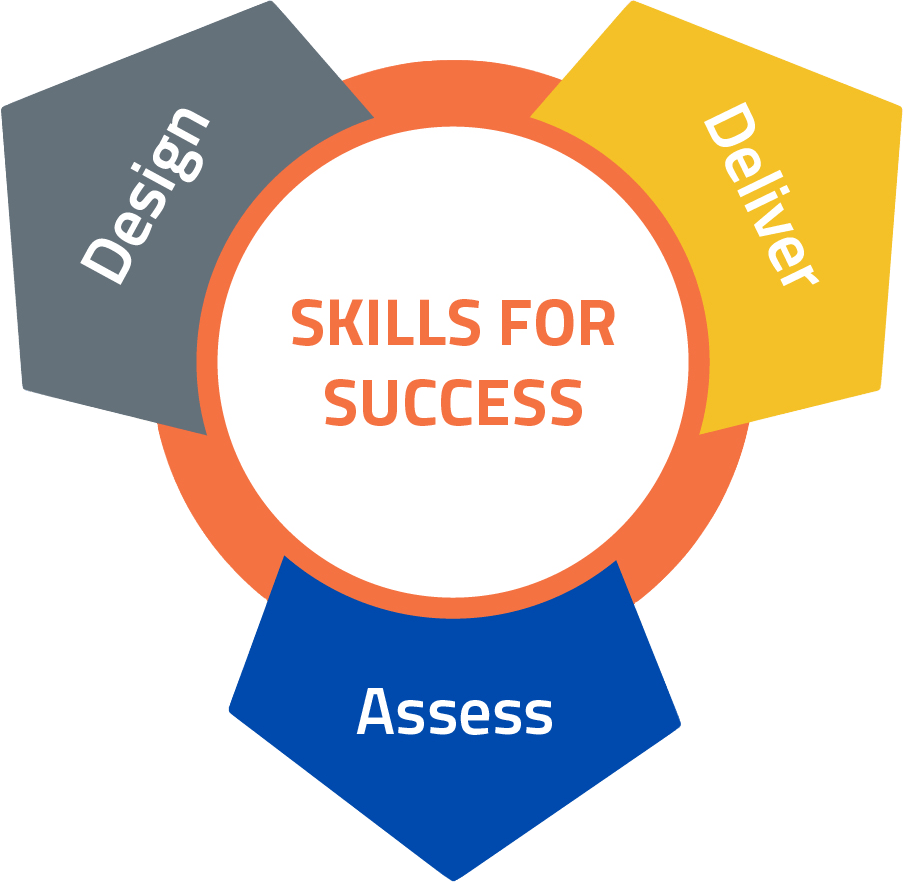- Learning Disability Association of Canada: https://www.ldac-acta.ca/
- Learning Disability Association of Canada resources: https://www.ldabc.ca/resources/
- Learning Disabilities in the Workplace (Literature List): https://ceric.ca/wpdm-package/learning-disabilities-in-the-workplace/
- Issues specific to adults with Learning Disabilities: https://www.ldao.ca/introduction-to-ldsadhd/articles/about-issues-specific-to-adults-with-lds/
-
Boadi Agyekum, Pius Siakwah & John Kwame Boateng (2021) Immigration, education, sense of community and mental well-being: the case of visible minority immigrants in Canada, Journal of Urbanism: International Research on Placemaking and Urban Sustainability, 14:2, 222-236, https://doi.org/10.1080/17549175.2020.1801488
- Bonaccio, S., et al. (2020). The participation of people with disabilities in the workplace across the employment cycle: Employer concerns and research evidence. Journal of Business and Psychology (35), 135–158
- Brucker, D. L., Mitra, S., Chaitoo, N., & Mauro, J. (2015). More likely to be poor whatever the measure: Working‐age persons with disabilities in the United States. Social Science Quarterly, 96(1), 273-296.
-
Ellenkamp, J. J., Brouwers, E. P., Embregts, P. J., Joosen, M. C., & van Weeghel, J. (2016). Work environment-related factors in obtaining and maintaining work in a competitive employment setting for employees with intellectual disabilities: A systematic review. Journal of Occupational Rehabilitation, 26(1), 56-69.
-
EY, in association with Made by Dyslexia. (2018). The value of dyslexia: Dyslexic strengths and the changing world of work. https://www.madebydyslexia.org/assets/downloads/EY-the-value-of-dyslexia.pdf
-
Government of Canada (2021a). COVID-19 and people with disabilities in Canada. https://www.canada.ca/en/public-health/services/diseases/2019-novel-coronavirus-infection/guidance-documents/people-with-disabilities.html#a8
-
Holwerda, A., Groothoff, J. W., de Boer, M. R., van der Klink, J. J., & Brouwer, S. (2013). Work-ability assessment in young adults with disabilities applying for disability benefits. Disability and Rehabilitation, 35(6), 498-505.
-
Holwerda, A., van der Klink, J. J., de Boer, M. R., Groothoff, J. W., & Brouwer, S. (2013). Predictors of sustainable work participation of young adults with developmental disorders. Research in Developmental Disabilities, 34(9), 2753-2763.
- Hughes, K., Bellis, M. A., Jones, L., Wood, S., Bates, G., Eckley, L., … & Officer, A. (2012). Prevalence and risk of violence against adults with disabilities: a systematic review and meta-analysis of observational studies. The Lancet, 379(9826), 1621-1629.Jones, L., Bellis, M. A., Wood, S., Hughes, K., McCoy, E., Eckley, L., … & Officer, A. (2012). Prevalence and risk of violence against children with disabilities: a systematic review and meta-analysis of observational studies. The Lancet, 380(9845), 899-907.
- Lindsay, S., Cagliostro, E., Albarico, M., Mortaji, N., & Karon, L. (2018). A systematic review of the benefits of hiring people with disabilities. Journal of Occupational Rehabilitation, 1-22. http://dx.doi.org/10.1007/s10926-018-9756-z
- Martel, A., Day, K., Jackson, M. A., & Kaushik, S. (2021). Beyond the pandemic: the role of the built environment in supporting people with disabilities work life. Archnet-IJAR: International Journal of Architectural Research, 15 (1), 98-112.
- Morris, S. (2019). Canadian Survey on Disability Reports: Workplace accommodations for employees with disabilities in Canada, 2017. Statistics Canada. https://www150.statcan.gc.ca/n1/pub/89-654-x/89-654-x2019001-eng.htm
- Morris, S., et al. (2018). Canadian Survey on Disability Reports: A demographic, employment and income profile of Canadians with disabilities aged 15 years and over, 2017. Statistics Canada. https://www150.statcan.gc.ca/n1/pub/89-654-x/89-654-x2018002-eng.htm
-
Public Health Agency of Canada. (2018). Inequalities in perceived mental health in Canada. https://www.canada.ca/content/dam/phac-aspc/documents/services/publications/science-research-data/6.PerceivedMentalHealth_EN_final.pdf
- Ruhindwa, A., Randall, C., & Cartmel, J. (2016). Exploring the challenges experienced by people with disabilities in the employment sector in Australia: Advocating for inclusive practice‐a review of literature. Journal of Social Inclusion, 7(1).
- Schur, L. A. (2003). Barriers or opportunities? The causes of contingent and part‐time work among people with disabilities. Industrial Relations: A Journal of Economy and Society, 42(4), 589-622.
- Shakespeare, T., Ndagire, F., & E. Seketi, Q. (2021). Triple jeopardy: disabled people and the COVID-19 pandemic. The Lancet, 397, 1331-1333. https://www.thelancet.com/journals/lancet/article/PIIS0140-6736(21)00625-5/fulltextShaw, N. T., Boudreau, S., & Issaoui, M. (2021). Digital Assistive Technologies to support remote working by people with disabilities: A scoping review. SSHRC/Future Skills Center.
-
Statistics Canada. (2020b). Impacts of COVID-19 on persons with disabilities. https://www150.statcan.gc.ca/n1/daily-quotidien/200827/dq200827c-eng.htm
-
Sundar, V., O’Neill, J., Houtenville, A. J., Phillips, K. G., Keirns, T., Smith, A., & Katz, E. E. (2018). Striving to work and overcoming barriers: Employment strategies and successes of people with disabilities. Journal of Vocational Rehabilitation, 48(1), 93-109.
-
Von Schrader, S., Malzer, V., & Bruyère, S. (2014). Perspectives on disability disclosure: the importance of employer practices and workplace climate. Employee Responsibilities and Rights Journal, 26(4), 237-255.
-
Wilson, E., & Campain, R. (2020). Fostering employment for people with intellectual disability: The evidence to date. Inclusion Australia. http://hdl.voced.edu.au/10707/582205
-
World Health Organization. (2001). International classification of functioning, disability and health: ICF. World Health Organization. https://apps.who.int/iris/handle/10665/42407
- Deloitte Insights (2019). The ROI in workplace mental health programs: Good for people, good for business; A blueprint for workplace mental health programs. https://www2.deloitte.com/content/dam/Deloitte/ca/Documents/about-deloitte/ca-en-about-blueprint-for-workplace-mental-health-final-aoda.pdf
- Kruse, D., Schur, L., Rogers, S., & Ameri, M. (2018). Why do workers with disabilities earn less? Occupational job requirements and disability discrimination. British Journal of Industrial Relations, 56(4), 798-834.
- Lingsom, S. (2008). Invisible impairments: Dilemmas of concealment and disclosure. Scandinavian Journal of Disability Research, 10(1), 2-16.
-
Wittenburg, D., Mann, D. R., & Thompkins, A. (2013). The disability system and programs to promote employment for people with disabilities. IZA Journal of labor Policy, 2(1), 1-25.
